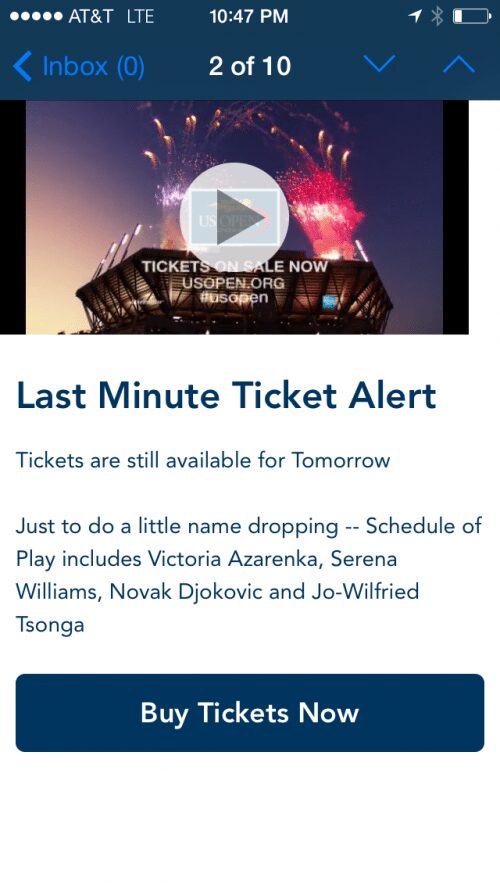Mobile marketing company Urban Airship is partnering with location-based information company Gimbal to more precisely target users via geo-fencing and low-energy Bluetooth beacons as well as location history data.
Urban Airship was one of the first vendors to offer a third-party platform for developers to enable their apps to send notifications to users, according to Corey Gault, director of communications for the company, and has now sent more than 185 billion push notifications across iOS, Android, Windows, BlackBerry, and Amazon’s Kindle Fire OS. The solution not only allows mobile messaging to the user, but allows information on the user’s location to be collected. Companies such as R.E.I. and ABC News use Urban Airship’s solution, and the company worked with Gimbal on the app experience for the US Open tennis tournament this year.
“We have a lot of expertise in terms of delivering in-app messages at scale, based on user preferences that they opt into,” said Bill Schneider, director of product marketing for Urban Airship. “Gimbal has very powerful location data from geo-fencing and beacon technology, so now we’ve got this other level of data on individuals … as they walk through an experience — that could be a retail experience or it could be an event.”
In the case of the US Open, Schneider said, geo-fences were created at a number of levels: around the tri-state area of New York, New Jersey and Connecticut where the tournament was being held; around just the New York City area, where USTA Billie Jean King National Tennis Center is located; and around the boundaries of the tennis center itself, along with beacons placed at the entry and exit points.
Using those layers of geo-fencing, the companies were able to target users who were within reasonable distance of the stadium and could attend, as well as those on the grounds itself. In particular, Gault said, the US Tennis Association knew it would always have tickets that were unsold at the last minute. Using app and location data, users could be identified by whether they lived within driving distance, had visited a ticket booth on the grounds, and/or had looked at tickets via the app — which turned out to be around 300,000 people. Gault said that when those people were sent a push notification on last-minute ticket availability, 32% clicked through a “buy tickets now” button — compared to typical click rates in the single digits.
He cited another case where R.E.I. was trying to fill a training class for using GoPro cameras at a particular store and was able to tap into data on which customers had visited that location in the past three months — and filled the class within 24 hours.
Urban Airship expects to see more of these sophisticated engagement tactics.
“Almost every retailer is piloting beacons already,” Gault said, but added that retailers are showing an abundance of caution in approaching mobile engagement. “They don’t want to be that carnival barker on the end of every aisle, shouting that coupon to you. They are looking for ways that they’re providing value and delight.”

